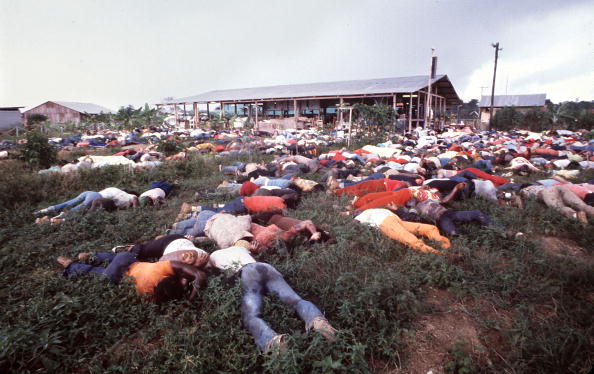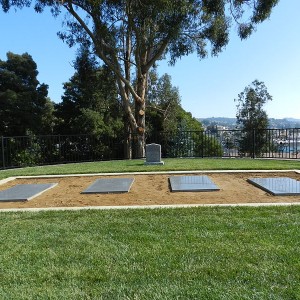
It is perhaps the most notorious mass death in American history — a grisly scene remembered by one journalist at the time as an "orgy of death." Today family, friends and well-wishers are paying tribute to more than 900 people who died in the Guyana compound of the San Francisco-based cult The Peoples Temple. That compound, Jonestown, was where cult leader Jim Jones made his last stand after ordering the murder of Peninsula Congressman Leo Ryan, who had come to Guyana to investigate conditions at the settlement.
Today's services took place at Oakland's Evergreen Cemetery, where a memorial wall bears the names of all those who died in what Jones termed a "revolutionary suicide" but what the outside world saw as mass murder. Jones is listed among the dead, an inclusion that some consider an outrage. Dr. Jynona Norwood lost 27 family members at Jonestown. She is leading an effort to get Jones' name off the memorial.
"What about the 305 innocent children?" says Norwood. "They do not have a fitting memorial in their final sacred resting place. They are not free from Jim Jones."

The legacy of Jonestown lives on in other ways as well. Rep. Jackie Speier was an aide to Ryan who made the trip to Jonestown and was shot five times. For her the legacy of Jonestown is not just the horror of its demise, but the example Ryan set.
"He was an investigative representative," Speier told KQED back in 2008. "He wanted to find things out firsthand, and he wasn't fearful. And I think those of us that serve (in Congress) now have got to be investigative in our work, and we can't be fearful."